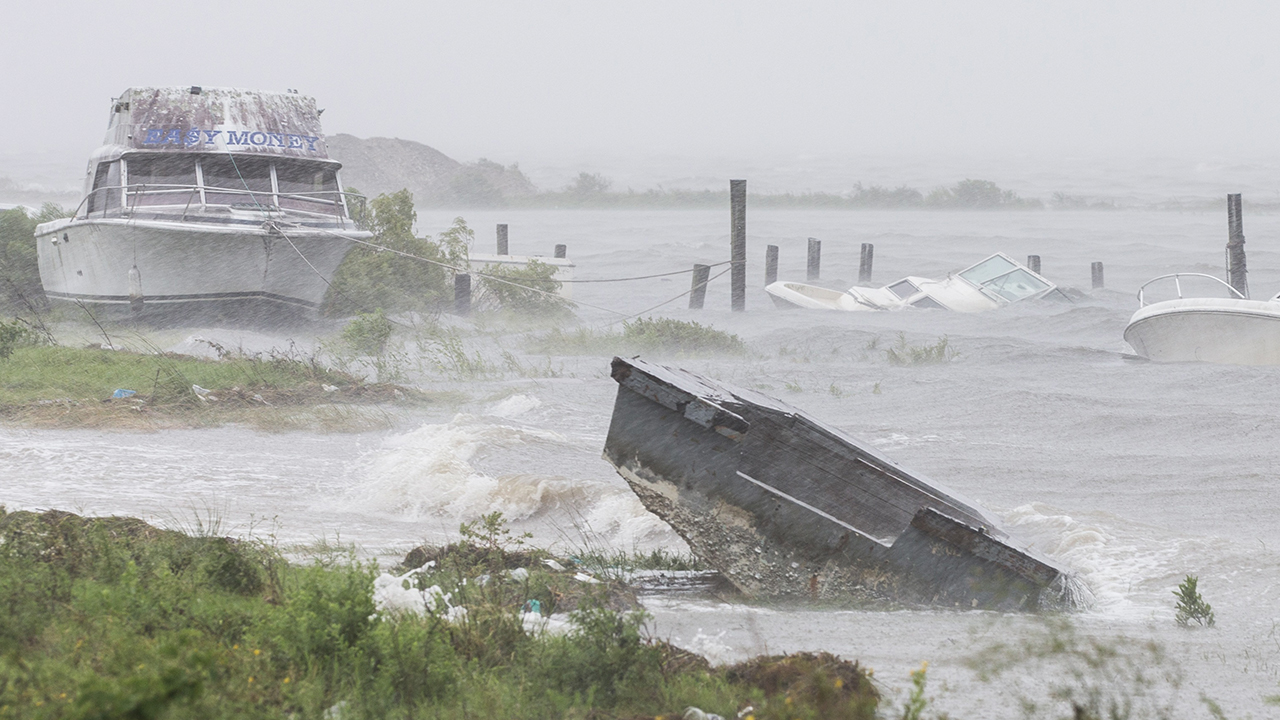
The pounding that Hurricane Hermine’s waves delivered to Pinellas County’s beaches this week may result in the worst beach erosion this decade.
The Tampa Bay Times reports Andy Squires, head of the county’s coastal zone management office, said he’s expecting it to be greater than the damage done by Tropical Storm Debby in 2012.
“We’re expecting it to be greater than the damage done by Tropical Storm Debby in 2012,” Andy Squires, head of the county’s coastal zone management office.
The storm has made tides about a foot higher than normal, which makes it difficult to assess the damage accurately. Once that subsides, a University of South Florida team will survey how much sand the beaches lost.
On Sunset Beach and Pass-a-Grille, waves were washing over the dunes, said Hilary Stockdon of the U.S. Geological Survey office in St. Petersburg, lead author of a study on erosion of Florida’s beaches. On Indian Shores, water was pushing through a low area between the condominiums.
“The waves and the surge were chewing away at the dunes,” Stockdon said. “The dunes take longer to recover than the beaches themselves.”
And Squires said he received reports of waves topping seawalls in Belleair Beach. At the north end of Redington Beach, the water sloshed right up to the seawall, he said, and Fort De Soto’s North Beach was “hit pretty bad – the water was well into the trees.”
Pinellas’ world-famous beaches help drive Pinellas County’s tourism and real estate sectors. The problem is that the 11 barrier islands where those beaches exist are not fixed in place. They move, waxing here, waning there, pushed and pulled as the waves wash away their sand.
And as with all Florida beaches on the Gulf of Mexico, they are extremely vulnerable. The 2012 U.S. Geological Survey study led by Stockdon found that 70 percent of gulf beaches are vulnerable to erosion during even the weakest of hurricanes, and 27 percent are likely to be completely inundated.
To cope with the beaches’ repeated loss of sand, the government goes out and gets more using taxpayer money. Engineers have been using new sand – dug up offshore and pumped to the land – to boost the size of beaches since 1922, when Coney Island needed enhancement.




One comment
Jan Allyn
September 6, 2016 at 3:19 pm
Local governments should never have allowed high rises and other high-density development on barrier islands.
Comments are closed.